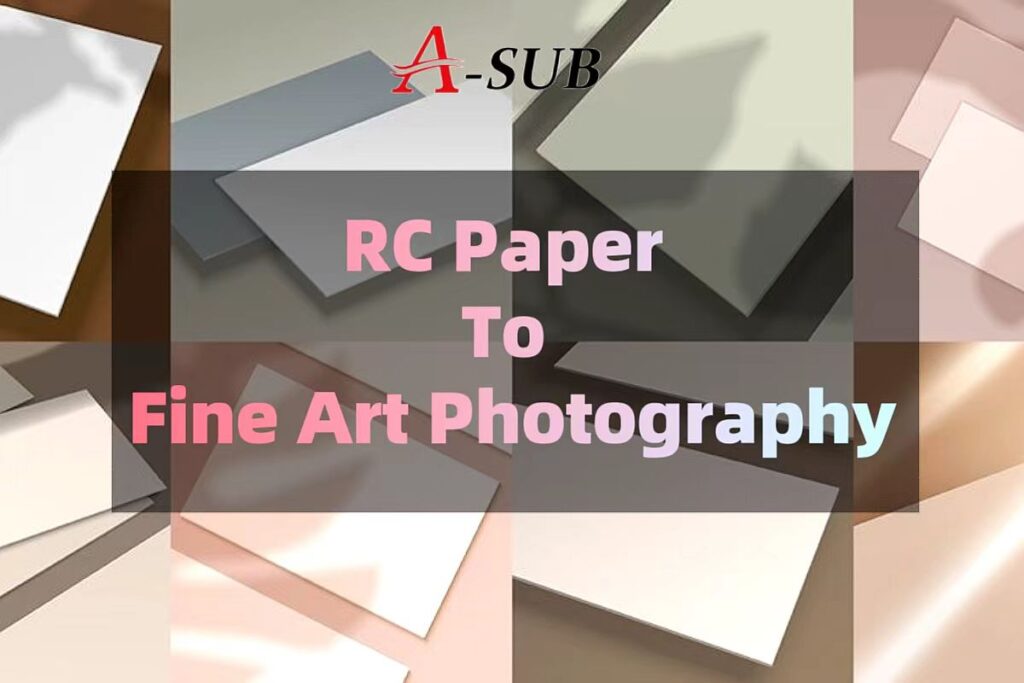Intro
As a wholesaler looking for the best photo paper to stock for your clients, you need to consider various factors such as quality, price, and durability. Did you know that RC paper is a popular choice for many professional photographers and is an excellent option for bulk purchases?
RC paper is a preferred choice for fine art photography, and it is a smart option for wholesalers who buy photo paper in bulk. It offers exceptional image quality, water-resistant and fade-resistant properties, and is more affordable than traditional fiber-based papers. Furthermore, RC paper is available in various sizes and can be easily handled and processed by modern inkjet printers.
If you are a wholesaler looking to stock up on high-quality photo paper for your clients, RC paper is an excellent option to consider. In the following article, we will explore the benefits of using RC paper for fine art photography, provide guidance on how to choose the best RC paper for your needs.
What is RC Paper?
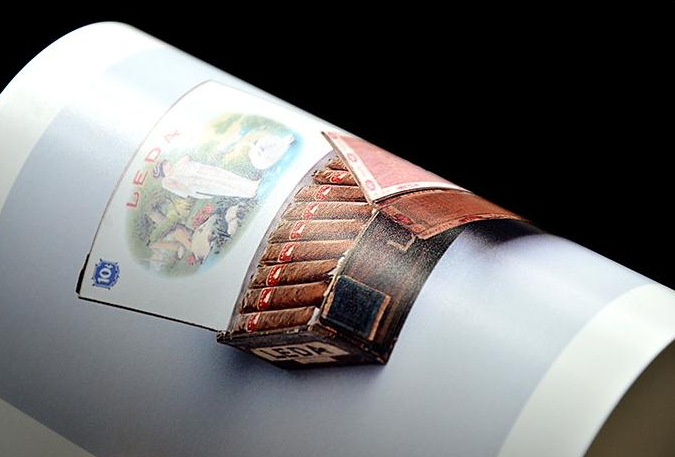
RC paper stands for Resin Coated paper, which is a type of photographic paper that has a plastic coating on both sides of the paper base. The plastic coating is made of a layer of polyethylene, which provides a barrier between the paper base and the emulsion layer, allowing for faster processing and drying times.
RC paper is commonly used in digital printing technology, particularly in inkjet printing, because it allows for high-quality color reproduction and fast drying times. Additionally, RC paper is more resistant to fading and water damage than traditional photographic papers. Because of its durability and versatility, RC paper is a popular choice among photographers and commercial printers.
Why RC Paper is the Best Choice for Fine Art Photography?

Fine art photography is a form of art that requires high-quality printing materials to achieve a stunning and long-lasting final print. Among the many paper types available, RC paper stands out as a popular choice for many photographers. RC paper is a type of photographic paper that has a plastic coating on both sides, providing several advantages over traditional fiber-based paper.
Durability and Lifespan of RC Paper
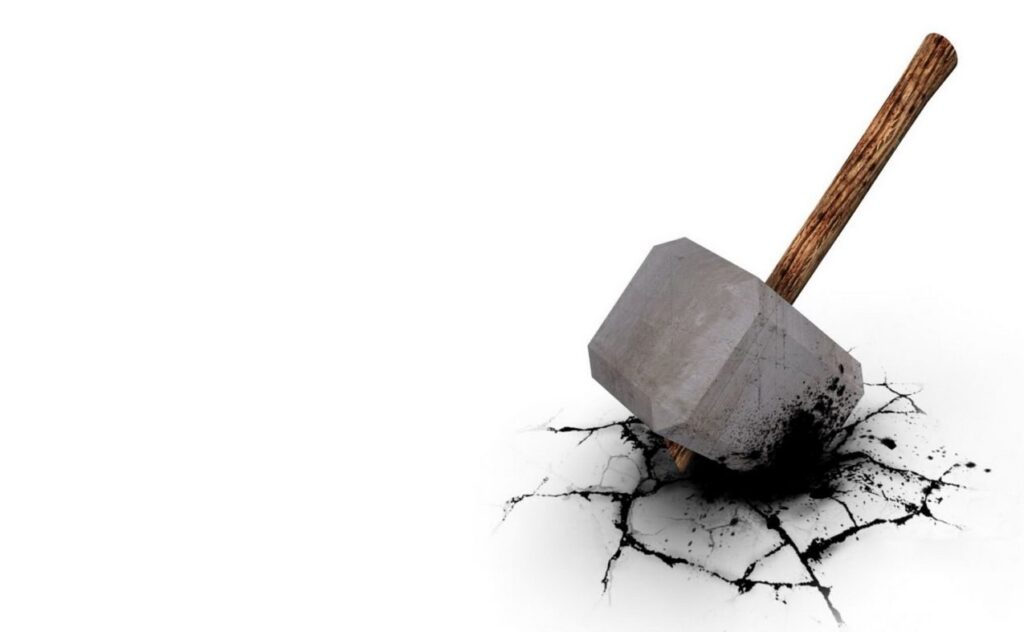
One of the most important features of any printing material used for fine art photography is its durability and lifespan. RC paper is highly durable and can last for a long time without fading or yellowing. The plastic coating on both sides of the paper makes it resistant to water, humidity, and environmental factors that can damage the print. Unlike traditional fiber-based paper, RC paper is not susceptible to mold or mildew growth. RC paper is also more resistant to tearing and curling, making it an excellent choice for framing and displaying prints.
Resistant to Fading and Discoloration
RC paper is highly resistant to fading and discoloration, ensuring that the print maintains its original color and quality for a long time. RC paper uses a special resin layer that prevents UV light from penetrating the paper and causing fading. As a result, prints made on RC paper can retain their color and vibrancy for up to 100 years or more, depending on the quality of the ink used for printing.
RC Paper Provides Texture and Surface Treatment Options
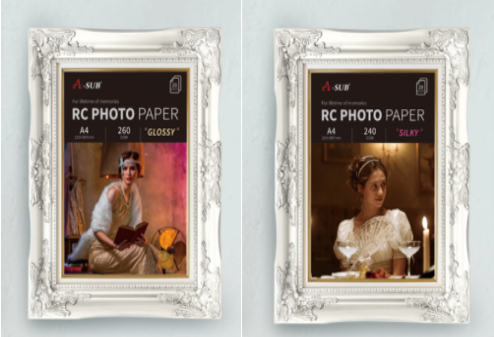
RC paper provides photographers with a range of texture and surface treatment options, allowing them to achieve their desired aesthetic. RC paper comes in different finishes, including glossy, matte, and luster, each providing a unique look and feel to the final print. Photographers can also choose from a range of textures, including smooth, fine, and textured, to achieve the desired effect.
Compatibility with Different Printing Technologies

RC paper is compatible with a wide range of printing technologies, including inkjet and laser printing. This versatility allows photographers to choose the printing technology that best suits their needs and budget. Moreover, RC paper can be used with both dye and pigment-based inks, providing a range of color options for the final print.
High Detail and Clarity of the Final Print

RC paper produces high-quality prints with excellent detail and clarity. The plastic coating on both sides of the paper ensures that the ink sits on top of the surface, producing sharp and detailed prints. The smooth surface of RC paper also prevents ink from bleeding or feathering, ensuring that the print maintains its sharpness and clarity.
Consistency in Color and Tonal Range
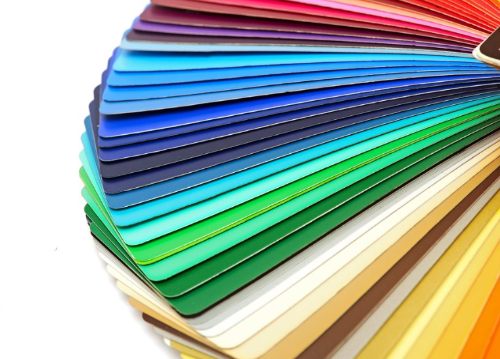
RC paper produces prints with consistent color and tonal range, ensuring that the final print accurately reflects the photographer’s vision. The special resin layer on the paper provides a consistent white point, which ensures that colors appear as they should. Moreover, the plastic coating on both sides of the paper ensures that the tonal range is preserved, preventing the loss of detail in the shadows and highlights.
Availability

RC paper is an affordable option for fine art photographers. Unlike traditional fiber-based paper, RC paper is widely available and can be found at most photography stores.
Easy to Handle and Process
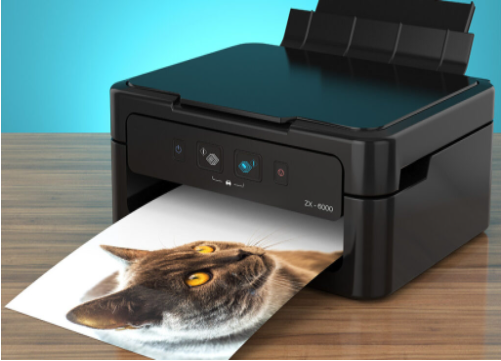
RC paper is easy to handle and process, making it an excellent choice for both amateur and professional photographers. The plastic coating on both sides of the paper ensures that the paper does not curl or tear during processing. Moreover, RC paper does not require any special handling techniques, making it easy to use in both commercial and home printing environments. Additionally, RC paper dries quickly, allowing photographers to handle and process their prints soon after printing without the risk of smudging or damaging the print.
In conclusion, RC paper is a highly durable and versatile option for fine art photography. Its resistance to fading and discoloration, high detail and clarity, consistency in color and tonal range, and compatibility with different printing technologies make it an excellent choice for both amateur and professional photographers. Moreover, the texture and surface treatment options provided by RC paper allow photographers to achieve their desired aesthetic, while its ease of handling and processing make it a convenient option for printing at home or in a commercial setting. Overall, RC paper is a reliable and high-quality printing material that can help photographers produce stunning and long-lasting fine art prints.
Comparison with other types of photographic papers

Fiber-based papers are often considered the gold standard for fine art photography because of their rich tonal range and texture. However, fiber-based papers can be expensive and difficult to handle. RC paper offers a similar level of detail and tonal range as fiber-based papers, but with added benefits such as durability.
As a wholesaler, how to choose RC Photo Paper?
When selecting RC photo paper, there are several factors to consider, including color reproduction, printing speed, light and water resistance, and compatibility with different printers.
Good color reproduction ensures high-quality and accurate images, while fast printing speed can improve efficiency and reduce costs. Light and water resistance are important for ensuring that the photos remain vibrant and durable over time. Additionally, compatibility with different printers is essential for wholesalers who need to supply a range of printing businesses.
A-SUB is an excellent brand of RC photo paper that offers high-quality color reproduction, fast printing speed, and excellent light and water resistance. Its strong compatibility with different printers makes it an ideal choice for wholesalers looking to offer their customers versatile and affordable RC photo paper.
Conclusion
In conclusion, RC paper is the best choice for fine art photography because of its durability, texture and finish options, compatibility with different printing technologies, high level of detail and sharpness, consistency in color and tonal range, affordability, and ease of handling and processing. Fine art photographers who want to produce high-quality prints that are true to their original vision should consider using RC paper for their next project. With its many benefits and advantages, RC paper is a versatile and reliable choice for fine art photography.




